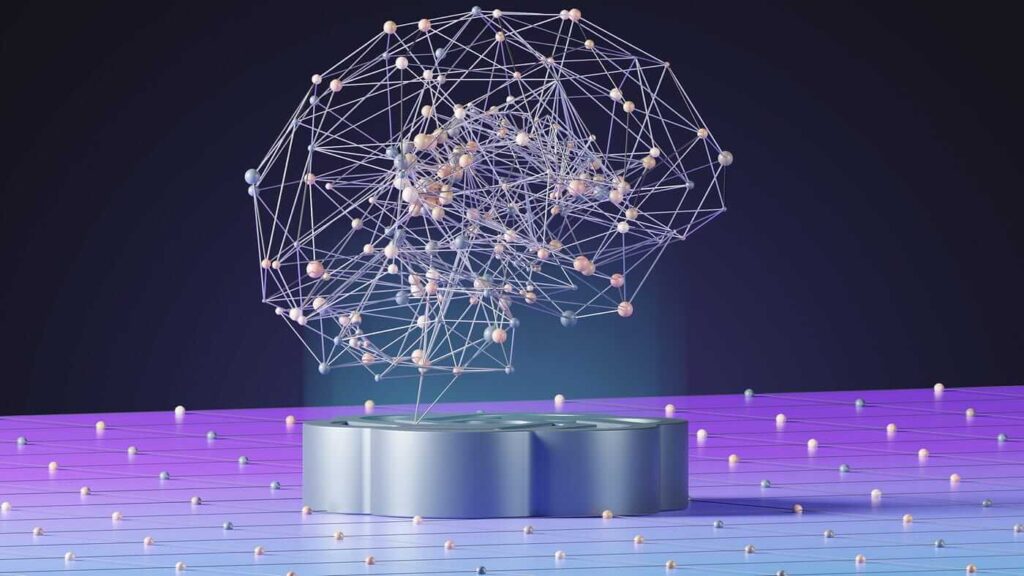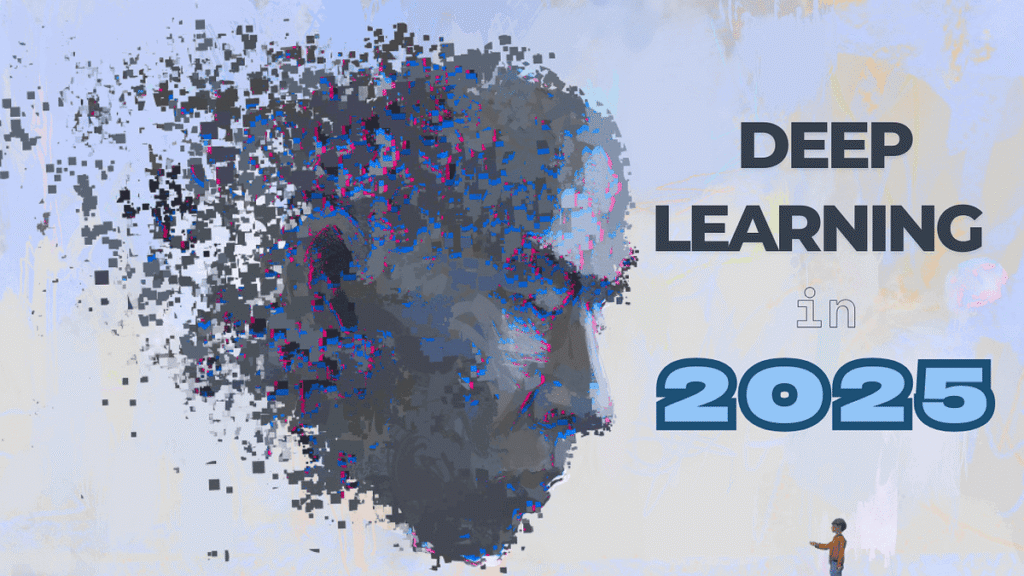Neural networks are at the heart of many of today’s most impressive technologies—from facial recognition and voice assistants to self-driving cars and medical imaging. But how do they actually work?
If the term “neural network” sounds complex or intimidating, don’t worry. This beginner’s guide breaks it down step by step. By the end, you’ll understand how neural networks actually work and feel confident exploring the world of artificial intelligence.
Introduction to Neural Networks
At their core, neural networks are systems that learn from data to make predictions or decisions. They’re inspired by the structure of the human brain but run on computer algorithms.
Where They’re Used:
- Email spam filters
- Voice recognition apps like Siri
- Image tagging on Facebook
- Disease detection in X-rays
The History and Evolution of Neural Networks
The concept of neural networks has been around since the 1940s, but it wasn’t until recent decades that advances in computing power, data availability, and algorithms made them practical.
Key moments:
- 1943: First neuron model by McCulloch and Pitts
- 1986: Backpropagation popularized
- 2012: Deep learning wins image recognition contests
- 2025: Widely used in almost every industry
Inspiration from the Human Brain
Biological neurons receive signals, process them, and send responses. Similarly:
- Artificial neurons take inputs (numbers), apply weights, and use a function to produce an output.
- These neurons are connected in layers to form a neural network.
| Biological Neuron | Artificial Neuron |
|---|---|
| Dendrites | Inputs |
| Soma (Cell body) | Summation + Activation |
| Axon | Output |
Basic Structure of a Neural Network
A neural network has:
- Input Layer – where data enters (e.g., pixels of an image)
- Hidden Layers – where calculations happen
- Output Layer – where predictions are made
Each layer is made up of neurons (also called nodes) connected by weights.
How Neurons Process Information
Here’s how a single neuron works:
- Receives Inputs – numbers from other neurons or raw data
- Multiplies Inputs by Weights
- Adds a Bias (optional)
- Passes the sum through an Activation Function to get an output
This output then flows to the next layer of the network.
Forward Propagation Explained Simply
This is the process of sending data from the input to the output layer.
Let’s say we want to predict house prices. The inputs might be:
- Size of house
- Number of bedrooms
- Age of the building
The data flows through the network and gives an output: the predicted price.
Understanding Activation Functions
Activation functions decide if a neuron “fires” (outputs something useful). Common ones:
- Sigmoid: Good for probabilities (0 to 1)
- ReLU (Rectified Linear Unit): Fast and effective; outputs zero or the input
- Softmax: Turns numbers into probabilities that sum to 1
They add non-linearity, making the network capable of complex decisions.
What Happens During Training?
Training a neural network means teaching it to make good predictions by showing it examples.
Steps:
- Input data goes through the network (forward propagation)
- The prediction is compared to the correct answer (loss calculation)
- The network learns from its mistake (backpropagation)
- Weights are adjusted to improve accuracy
Example: Predicting House Prices with a Neural Network
Imagine you feed in data like:
- 2000 square feet
- 3 bedrooms
- 5 years old
After going through layers of neurons, the output might be:
- Predicted price: $350,000
Over time, with more examples and training, the network learns to predict more accurately.
What is Backpropagation?
Backpropagation is how a neural network learns. It works by:
- Measuring how wrong the output was
- Sending that error backward through the network
- Adjusting weights to reduce the error
It’s like getting feedback and using it to improve next time.
Common Neural Network Architectures
| Type | Used For |
|---|---|
| Feedforward | Basic prediction models |
| CNN (Convolutional Neural Network) | Image recognition |
| RNN (Recurrent Neural Network) | Time-series data, language |
Tools to Build Neural Networks as a Beginner
- TensorFlow: Google’s open-source library
- Keras: High-level interface for TensorFlow
- PyTorch: Facebook’s powerful, flexible tool
- Google Colab: Free cloud notebooks to experiment without setup
Challenges in Understanding Neural Networks
- Overfitting: Too accurate on training data, poor on new data
- Vanishing Gradients: Hard for deep networks to learn
- Interpretability: Hard to explain why the network made a certain decision
These are active areas of research.
Neural Networks vs Traditional Algorithms
| Traditional Algorithms | Neural Networks |
|---|---|
| Require manual rules | Learn from data automatically |
| Work well on structured data | Excel at images, sound, text |
| Easier to explain | More powerful but complex |
Real-World Applications of Neural Networks
- Healthcare: Diagnose diseases from images
- Finance: Detect fraud in transactions
- Retail: Personalize shopping experiences
- Automotive: Enable self-driving capabilities
Conclusion
Neural networks might sound complicated, but when broken down, they’re just systems that learn from data to make decisions. By understanding how neural networks actually work, you’re opening the door to one of the most exciting and impactful technologies of our time.
Whether you want to build apps, analyze images, or just understand how AI shapes your world—now is the perfect time to dive in.


